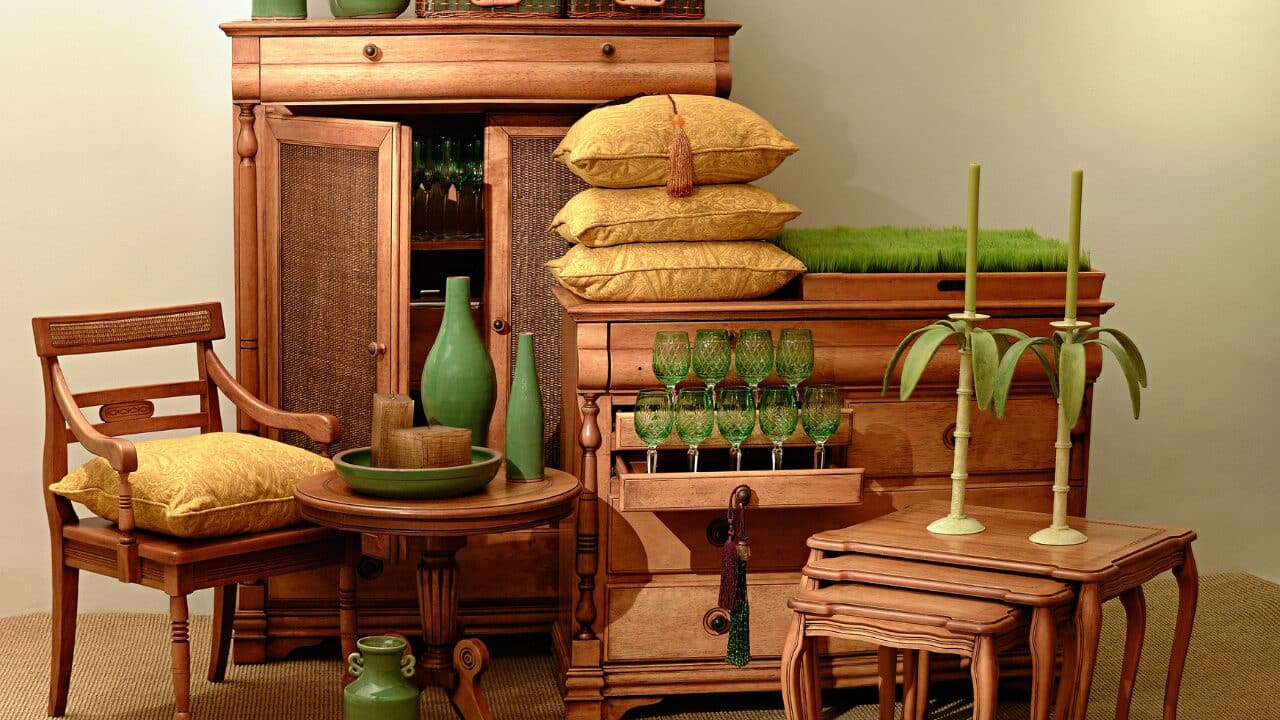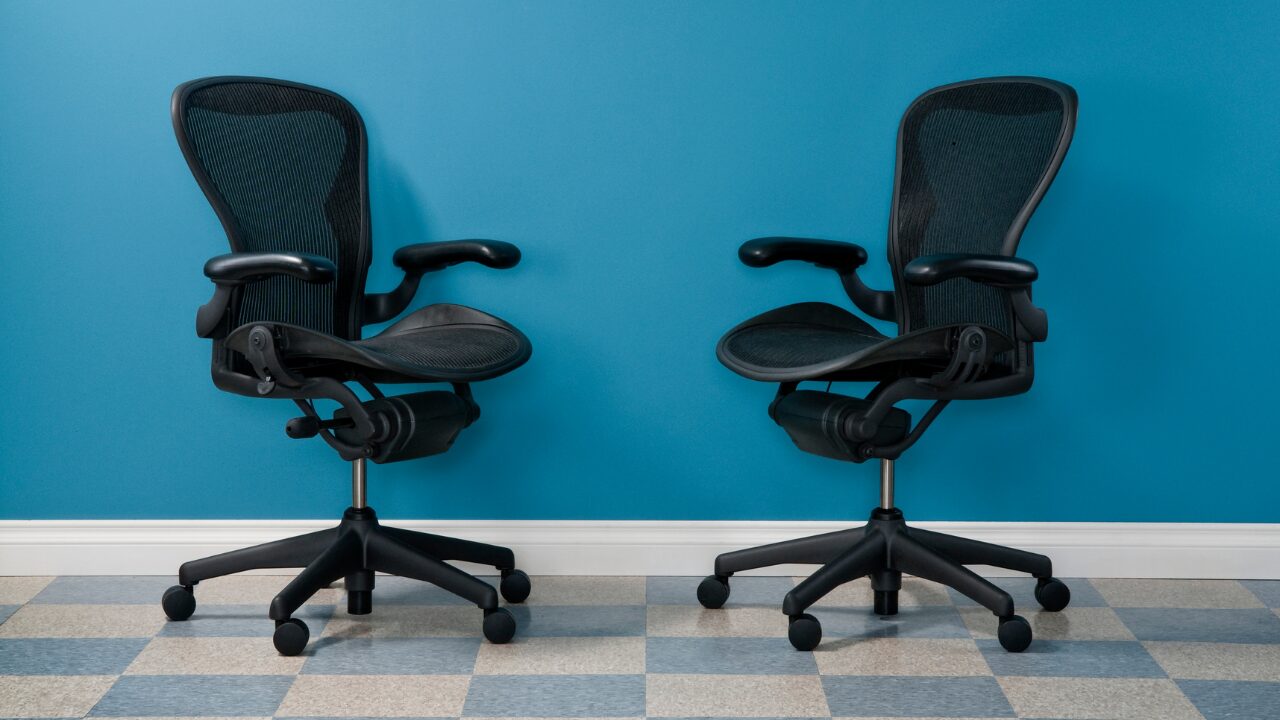Wooden furniture painting can reverse the situation and give dull furniture a new life, thus making it a centerpiece of decor. Instinctively, refurbishing an antique to inject some life into it or designing an artistic piece out of a vintage item could both be equally satisfying projects.
You can follow this guide to enjoy professional-looking finishing and realize your furniture will be salvaged for years to come.
Table of Contents
1. Preparing Your Workspace
First, arrange the working space in the way you think is convenient and suitable because it allows you to reach all kinds of tools you need and get your task done smoothly. Here’s what you’ll need:
Gather Your Materials:
- Wooden furniture piece
- Mechanical sandpaper (medium and acceptable degree of roughness)
- Either tack cloth or a damp kitchen towel
- Primer
- Paint
- Brushes or rollers
- Paint tray
- Our equipment inventory will consist of gloves, masks, and goggles
- Drop cloth or newspaper to cover furniture and other items to protect from paint splashes.
- Optional: sanding paper or filling material, a spice, a simple screwdriver, or maybe even a wood filler to deconstruct the hand-held saw.
Prepare the Area:
- Cover your floor and work surfaces with newspapers or drop cloths to keep them clean. This will make it easier to clean up a paint spill.
- Help with lighting for those tasks that need details.
2. Evaluating and Equipping One’s Furniture
Before applying paint, assess the condition of your wooden furniture and prepare it accordingly.
Inspect for Damage:
- Inspect for damaged, dented, or screwdrivers that are not tight.
- Use a stand and wood filler to mend all damaged areas and sand afterward.
Disassembly (if applicable):
- If the furniture components can be disassembled (e.g., drawers, knobs), you might want to take them off for the convenience of painting them all and reaching weird spots.
Cleaning:
- Sadden off any fume, dust, or grease with a tack rag or a slightly damp cloth.
- Wipe your furniture dry and put it in a well-ventilated place; a couple of days will help.
3. Sanding the Surface
Proper sanding constitutes the basis for all of the proceeding steps, and they all depend on the sanding as it delivers the surface with the required smooth and even finish. Follow these steps for optimal results.
Follow these steps for optimal results:
Start with Medium Grit Sandpaper
- Use medium-grit sandpaper 120–150 grit to sand down the entire furniture surface.
- To avoid scratches or damage, use sandpaper with grain that matches the wooden surface. To make the job even better, sand in the direction of the wood fibers.
Switch to Fine Grit Sandpaper
- When you start to feel that the surface is smooth using the rough side of sandpaper, then you can change to a finer grade of sandpaper of about 220-400 grit to achieve a smooth finish.
- Make sure to devote more time focusing on the corners, edges, and details.
Remove Dust:
- Sand the surface if need be; the cloth that is supposed to absorb any sanding dust can be used in place of the tack or damped cloth.
- To keep the area non-sticky and dry, wiping the surface from dirt and moisture is imperative.
4. Applying primer
Priming airs the surface for paint, which also improves the paint’s adhesion to the surface and makes the finish more durable.
Follow these steps to apply primer:
Choose the Right Primer:
- Choose a primer for wood used with the paint you will apply (e.g., oil or water-based).
Apply Primer Evenly:
- First, apply a thin, even coat of primer with a brush or roller. Cover the entire surface of the furniture.
- Work with sections at a time, and don’t let the paint drip too much to apply paint diligently all over the surface.
Allow Primer to Dry:
- Follow the dry time guide given in the manufacturer’s instructions. Generally, primer requires 1 to 4 hours to dry.
Sand the Primer (Optional):
- If one wants a finer finish, do the final sanding with fine-grit sandpaper after priming and allow it to dry correctly.
Remove Dust:
- Those prepping the paint job for a second time follow the same procedure, which should include the sanding, before advancing to the painting phase.
5. Painting the Furniture
Now let the interesting part occur – embellishment of your wooden furniture with multiple colors.
Follow these steps:
Choose High-Quality Paint:
• Choose under the category of wood-decorated objects, such as acrylic latex or enamel paint.
• Decide beforehand on the final act (e.g., matte, satin, or glossy).
Apply Thin, Even Coats:
- Seal the paint container tightly and shake thoroughly before use because paint consistency may vary.
- The brush or roller should be used for the coating. Applying an eve, even layer works with the wood grain quality.
- Do not overload the brush or the roller for an easy application with no drip and even coverage, please.
Allow Sufficient Drying Time:
- Ensure you adhere to the manufacturer’s guidelines for minimum drying time between subsequent coats.
- Touch-drying usually takes two to three hours, and the complete cure may happen in 12 to 24 hours or even more.
Sand between Coats (Optional):
- When coating when painting, use it lightly and then fine sand with fine-grit sandpaper between coats to give your paint a smooth finish.
- Try using a tack cloth to wipe off sanding residues and lay down the subsequent layers.
Repeat as Necessary:
- Whether you leave one coat or many, you must adjust the opacity and coverage. So, apply as many additional coats as needed.
- Try using at least two coats for a durable, long-lasting surface. <You can download the entire academic research paper in PDF format in the link given below>
6. Finishing Touches
Once the final coat of paint has dried, take care of any finishing touches to complete your project.
Reassemble the furniture (if applicable):
- If you have removed any parts of the furniture, reassemble them correctly and let the paint dry completely before moving on.
Apply a Protective Finish (Optional):
- The amalgamation of clear coat or furniture wax over the painted topography will make it more stable and long-lived.
- Abide by the industrial entities’ guidelines for application and drying duration.
Replace Hardware:
- If you removed any hardware (e.g., knobs, handles), install/replace them with matcher/matcher ones corresponding to the new look.
Enjoy your Newly Painted Furniture
With good planning, approach, and attention to detail, painting wooden furniture can be a worthwhile project. Follow this guide step-by-step, talk to Painters Auckland and present your furniture in proper finishes and colors to make it a personal style statement in any room.





